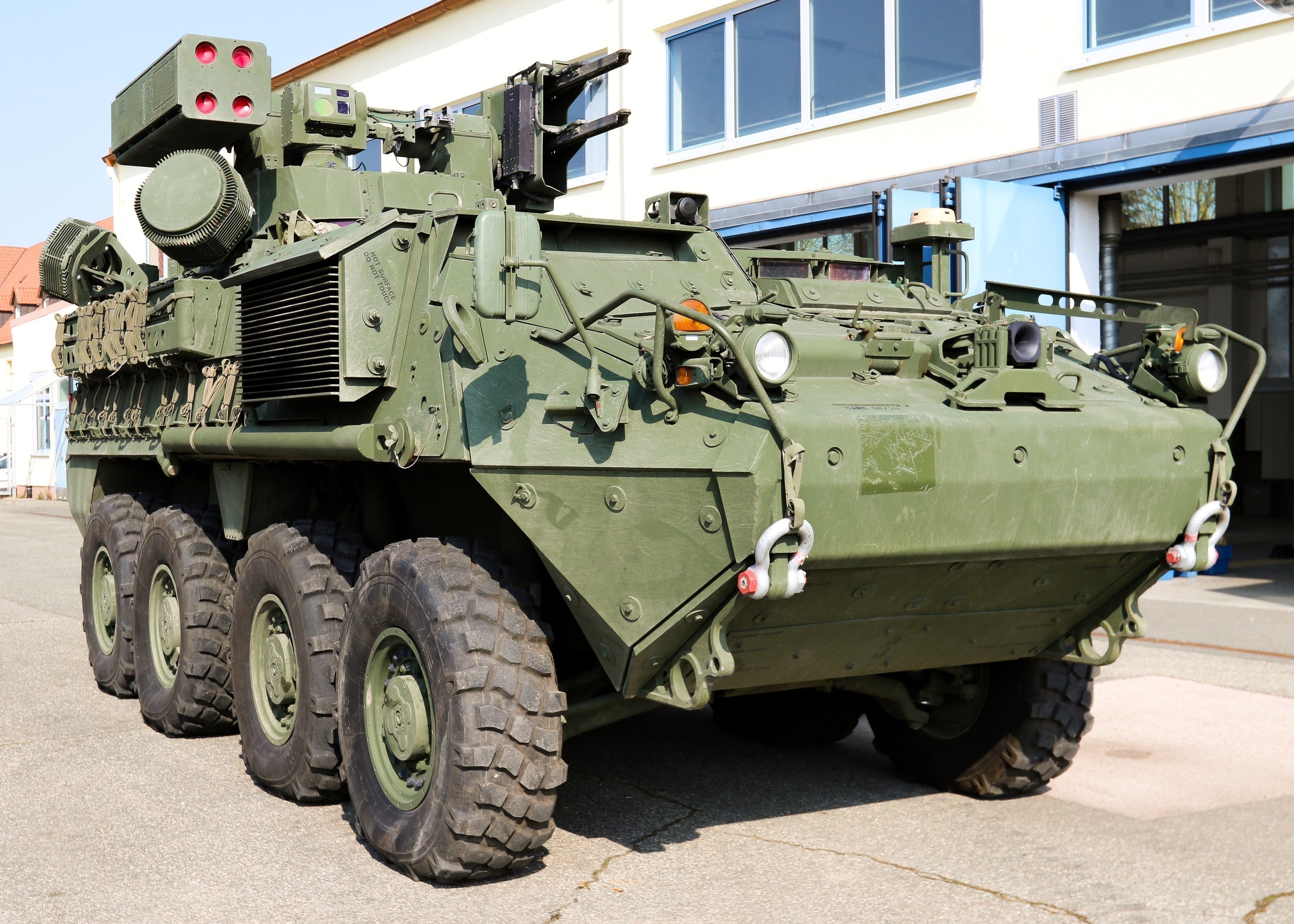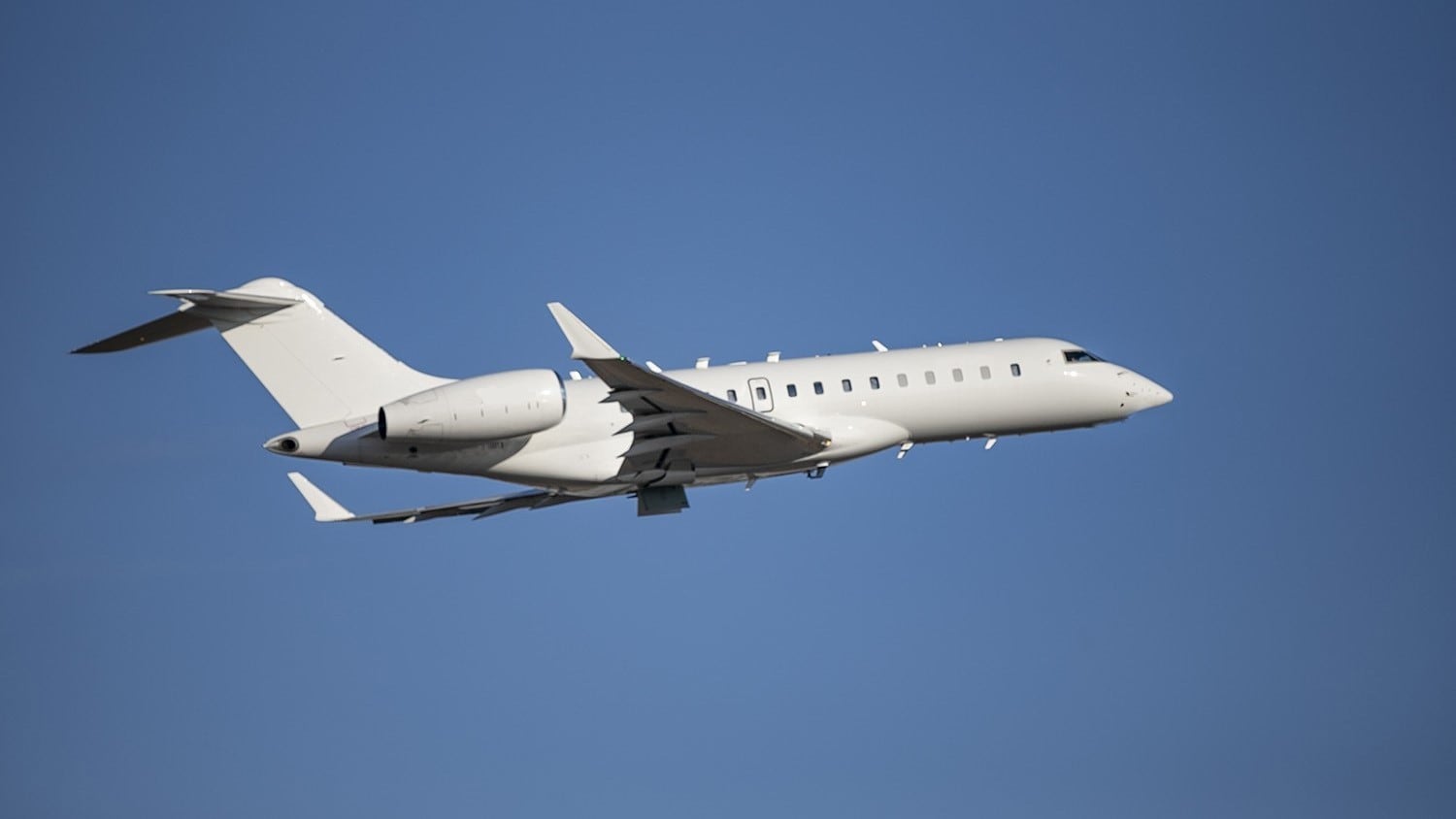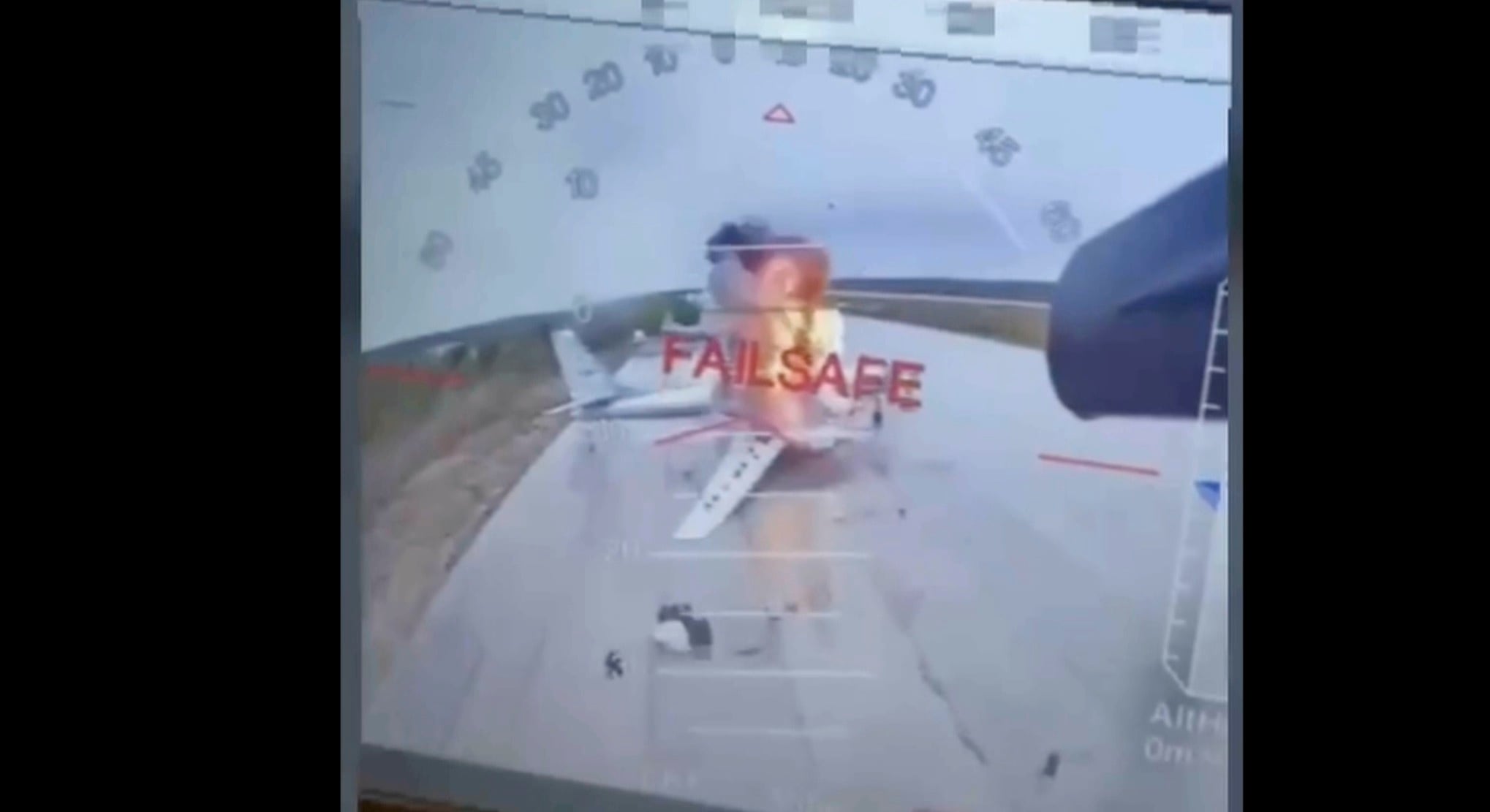For the Army to fight the way its top civilian leader envisions by the next decade, the organization must fulfill at least six objectives in that ever-shrinking window.
On Tuesday, Secretary of the Army Christine Wormuth ripped through those objectives for the Army of 2030 and what’s already in the works. She painted a future fight scenario that sounds as deadly — but even more complex — than what daily reports out of the Russian invasion of Ukraine show.
“The future will likely present complex, multi-access, combined arms fights,” Wormuth said at the Maneuver Warfighter Conference at Fort Benning, Ga.
RELATED

That fight will play out on, “an expanded, noncontiguous battlefield that features dispersed forces.”
Those ground forces, unlike most of the major wars the Army fought over the past half-century will mean the service has to “pay attention to their sea flanks and air flanks,” she said.
To succeed, the secretary said, she expects the 2030 Army to “see more, farther and more persistently at every echelon than our adversaries.”
The secretary also wants the Army to converge hidden forces at optimal times, striking enemy targets. The third item was to “win the fires fight,” meaning strike from farther with more accurate munitions, both steel on target and cyber or electronic warfare tools.

While those soldiers are shooting, she wants them protected, or the first three don’t matter, she said.
In those complex sensors, shooters and protection devices must be able to communicate, sharing data rapidly in the Army and with the rest of the good guys. If you’re counting, that’s number five.
Lastly, this future Army must sustain itself for post-combat operations, the protracted fight and fuel the rest of their partners, especially in the Pacific where the Army is the logistics overlord for all the services.
So far on the seeing and sensing side, she said new programs modernizing the Army’s intelligence, surveillance and reconnaissance systems such as the multidomain sensing system that includes HADES, is one move.
Coincidentally, or not, the Army’s Program Executive Office for all things sensors, PEO Intelligence, Electronic Warfare and Sensors, announced Tuesday agreements that support that exact program with a three-phase prototype project.
The 24-month contract is worth $49 million in total, according to the release. L3 Harris and Raytheon Applied Signal Technology are contracted for the project.
The prototype seeks increased performance and sensitivity for sensors at high altitude in the multi-domain sensing system, according to the release.
“The sensors resulting from MDSS Sensor Evaluation Program will first be used on the MDSS HADES,” the release reads.
Army Times interviewed officials at the PEO in early September, who shared context on the larger HADES or High Accuracy Detection and Exploitation System. The program is worked jointly with PEO Aviation.
The platform is a civilian aircraft that the Army wants to use to coordinate theater-level sensing and joint targeting across vast distances.
Ronald “Boomer” Rizzo, deputy product manager for manned aerial reconnaissance surveillance systems told reporters at the event at Aberdeen Proving Ground, Maryland, that HADES development is being fueled by two testbeds doing real-world rotations now.
Those are the ARTEMIS and ARES and later ATHENA. First fielded a few years ago was ARTEMIS, currently flying in U.S. European Command. The “high-demand asset” runs as a kind of technology demonstrator. It flies for two to three weeks then returns to the United States for software and hardware upgrades.

The testers fielded ARES in the Pacific to do the same a few months ago.
“All of this is to inform how we will ultimately build the HADES system,” Rizzo said.
Building off that will be the ATHENA “bridging” platform that will move legacy systems from turbo propeller aircraft to a modern, manned, business-class jet aircraft.
“We will also have a family of (unmanned aerial systems) that will do the same at the division, brigade and battalion level,” Wormuth said.
Sensing is not confined to the friendly, or not-so-friendly, skies.
Wormuth name-dropped the TITAN system, as well. It’s another platform fueled by work at PEO IEW&S, also discussed at the recent media event.
TITAN, Tactical Intelligence Targeting Access Node, is a twofold ground platform project working to connect brigades, divisions and corps.
It combines all that data soaked up by sensors with artificial intelligence and machine learning tools to deliver the right information at the right time to the right decision maker anywhere on the battlefield.
Essentially, it delivers “deep sensing” from the ground.
Maj. Jermaine Wright, assistant product manager at PEO IEW&S, told reporters that the TITAN system combines four legacy systems — Advanced Miniaturized Data Acquisition System; Dissemination Vehicle; Advanced Remote Ground Terminal; and Tactical Intelligence Ground Station.
Keeping soldiers and their systems hidden but survivable means a tougher, faster “Armor Fist,” the secretary said. She highlighted recent work upgrading the Abrams tank, Bradleys and the upcoming Optionally Manned Fighting Vehicle.
Those vehicles will enable fires supporters such as medical, engineers and logistics to keep up with their combat arms counterparts.
In the same lane sits the Mobile Protected Firepower, essentially a light tank, that saw a $1.14 billion contract awarded to General Dynamics in June for low-rate initial production.
Then there’s advancements in range.
The combined work to extend howitzer tubed artillery to push past 40 miles and other platforms capable of reaching 1,700 miles is a “real step forward in our fires capabilities,” Wormuth said.
And on the protection side, the Army’s first battalion of Mobile Short Range Air Defense, or M-SHORAD is headed to Europe next year, she added.
Todd South has written about crime, courts, government and the military for multiple publications since 2004 and was named a 2014 Pulitzer finalist for a co-written project on witness intimidation. Todd is a Marine veteran of the Iraq War.





